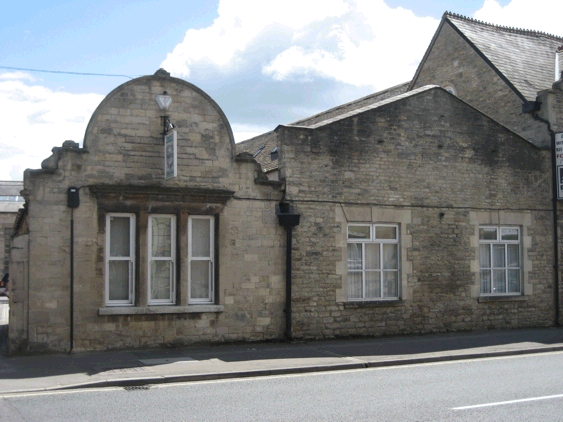|
When we walk or stand, our body weight is carried first on the heel and then on the ball of the foot, where the skin is thicker, to withstand the
pressure. When this pressure becomes intense, growths, in the form of corns and callus, may appear.
Corns always occur over a bony prominence, such as a joint.
There are five different types of corns.
The two most common are hard and soft corns.
Hard corns
These are the most common and appears as small, concentrated areas of hard skin up to the size of a small pea, usually within a wider
area of thickened skin or callous, and can be symptoms of feet or toes not functioning properly.
Soft corns
These develop in a similar way to hard corns. They are whitish and rubbery in texture, and appear between toes, where the skin is moist from sweat, or from inadequate drying. A registered podiatrist/chiropodist will be able to reduce the bulk of the corn, and apply astringents to cut down on sweat retention between the toes.
Seed corns
These are tiny corns that tend to occur either singly or in clusters on the bottom of the foot. They are usually painless.
Vascular corns
These corns will bleed
profusely if they are cut and can be very painful.
Fibrous corns
These arise from corns that have been present for a long time. They appear to be more firmly attached to the deeper tissues than
any other corn. They may also be painful.
Don't cut corns yourself, especially if you are elderly or diabetic, and don't use corn plasters or paints which can burn the healthy tissue around the corns.
Home remedies, like lambswool around toes, are potentially dangerous. Commercially available 'cures' should be used only following professional advice.
You could use a pumice stone to remove the
thickened skin a little at a time, or relieve pressure between the toes with a foam wedge, but if you are unsure of what to do, or need special attention, consult a registered podiatrist/chiropodist who will be able
to remove corns painlessly, apply padding or insoles to relieve pressure, or fit corrective appliances for long-term relief.
|

























